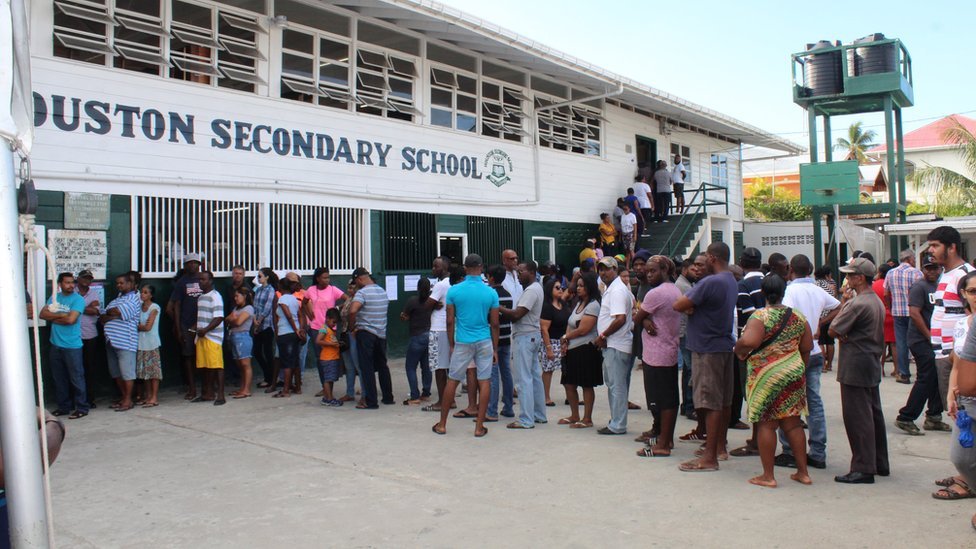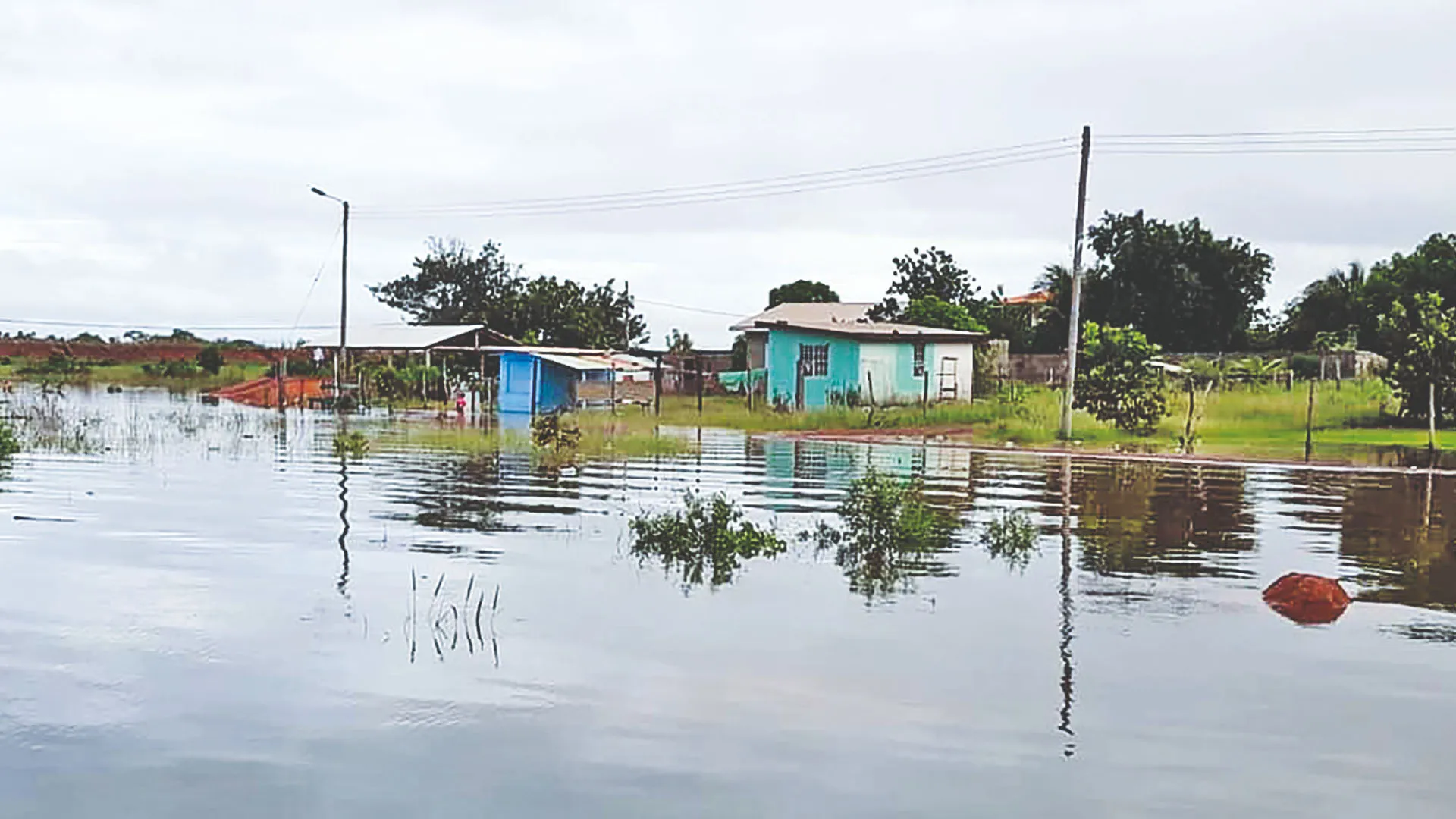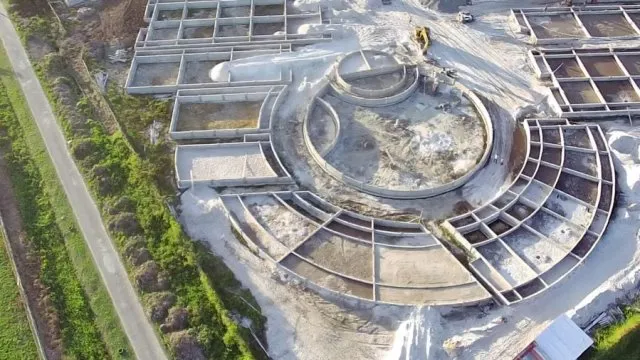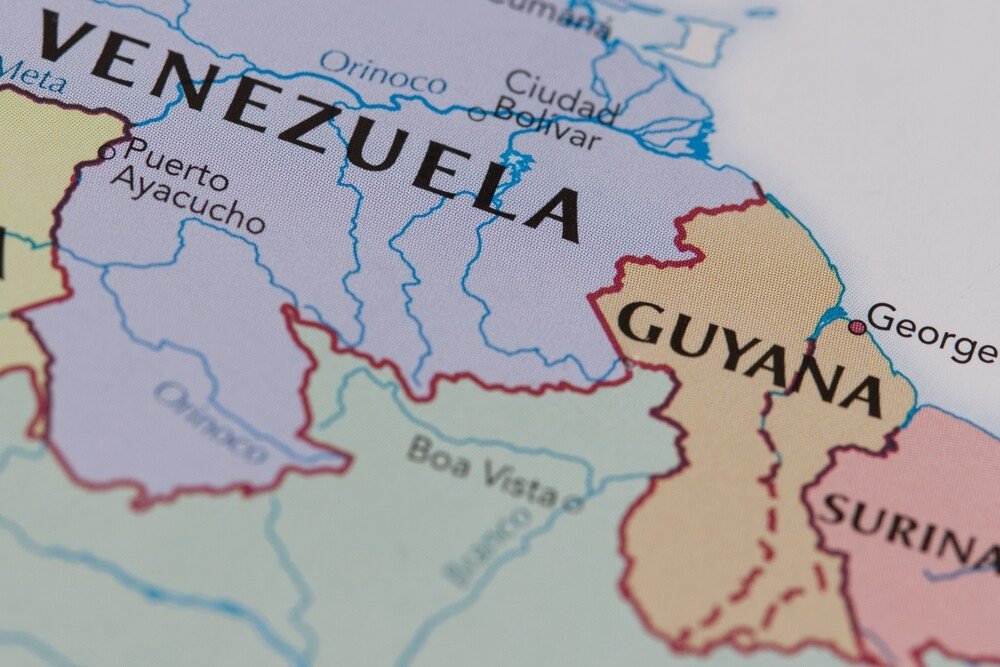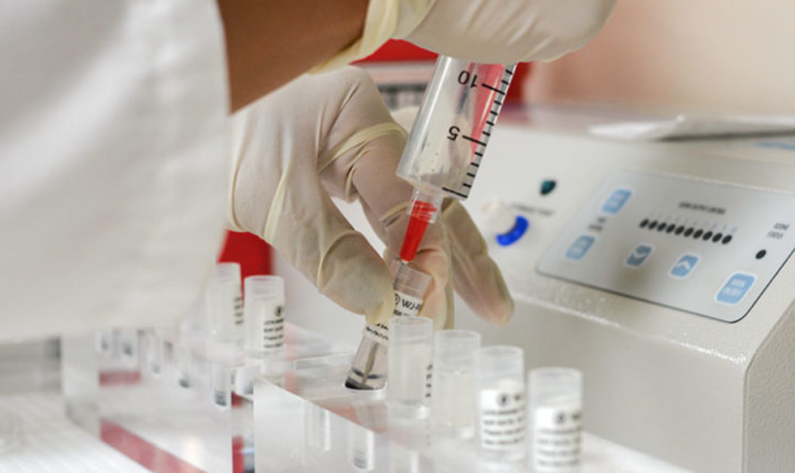As Guyana’s elections draw near, much attention is focused on two critical regions that could swing the outcome: Region 4 (Demerara-Mahaica), home to the capital Georgetown, and Region 10 (Upper Demerara-Berbice), centered on the bauxite town of Linden. These areas have long been opposition strongholds, but the ruling PPP/C is making an aggressive play to chip away at the margins, hoping to neutralize the advantage the opposition traditionally enjoys there. Conversely, the opposition APNU is striving to maximize turnout and enthusiasm in these regions, aware that any dampening could spell electoral doom. The battle for Georgetown and Linden encapsulates the broader electoral dynamic – a test of whether the PPP’s development appeal can transcend historic loyalties, or whether ingrained skepticism of the PPP will hold firm.
In Region 4, which has the largest concentration of voters, the PPP is coming off its strongest local showing in decades. In the 2023 Local Government Elections for Georgetown’s city council, the PPP dramatically increased its vote count and won 7 out of 15 seats – still losing control of the council to APNU, but doubling its presence. This urban inroad is unprecedented; Georgetown has been an opposition fortress since pre-independence days. What changed? Observers cite the PPP government’s concerted outreach: high-profile projects in the capital like the new four-lane highway on the East Coast, drainage improvements after severe floods, and renovation of city landmarks. The administration also made symbolic moves, such as funding the cash-strapped Georgetown municipality’s garbage collection for several months – demonstrating a willingness to directly solve city residents’ complaints. The result, as PPP General Secretary Bharrat Jagdeo noted, is that many Georgetown residents “can see with their own eyes the improvements” and are reconsidering voting along old partisan lines. The PPP is further helped by demographic shifts – a growing influx of jobseekers from all ethnicities into the booming capital region, which may dilute the traditional Afro-Guyanese voting bloc there.
The APNU-led opposition, however, is not ceding Georgetown easily. They argue that the PPP’s gains were aided by low turnout and some disillusionment in their base. In 2023, only about 28% of registered Georgetown voters cast ballots. Opposition campaigners are now focused on re-energizing their supporters in the city. They are highlighting issues like persistent traffic congestion, rising housing costs, and crime – areas they claim the central government has failed to adequately address even while pouring concrete for new roads. APNU is also tapping into sentiments of cultural identity: Georgetown has historically been the cradle of Afro-Guyanese middle-class and intellectual life, and opposition figures caution against “giving the PPP too much control” over the city’s affairs, invoking memories of perceived discrimination under past PPP administrations. Essentially, the opposition’s regional narrative is that any recent PPP attention to Georgetown is mere vote-buying that won’t last. To bolster morale, APNU reminds supporters that even in 2020, with the PPP winning overall, APNU still secured about 67% of the vote in Georgetown. “Georgetown is ours to lose,” one PNCR elder stated, urging party activists to get out the vote in every city neighborhood. How Georgetown swings could influence a handful of parliamentary seats, given Region 4’s weight – a small percentage shift could be pivotal.
Up in Region 10, the dynamic is somewhat different. Linden and its environs are more monolithically pro-opposition – in 2020 APNU won well over 80% of votes there. The PPP knows outright victory in Region 10 is unlikely, but they are aiming to increase their share from the paltry ~15% last time to maybe 30%. How? By leveraging economic development in a town starved of it. Under the Ali administration, Linden has seen a few notable projects: the paving of the Linden-to-Mabura road has begun, a new call center opened providing 200 jobs, and a solar farm is under construction to cut electricity costs. The government also rolled out a special $2 billion development package for Region 10 in 2022, funding everything from youth skill-training programs to upgrades of sports facilities. PPP operatives in Linden are using these to argue that “this government cares about you too.” They’ve been holding small meetings where new young PPP-aligned councillors (elected in 2023 when PPP won 2 of 16 Linden council seats) speak directly to traditionally opposition audiences, a novel approach in a town where PPP politicians once feared hostility. Their message: give PPP a chance locally and reap benefits – implicitly contrasting with APNU’s tenure when, the PPP contends, not much changed for Linden’s fortunes.
The opposition counters by warning Lindeners not to be “bought off” by projects they claim were long overdue anyway. Norton, himself from Linden, enjoys deep personal rapport there and has accused the PPP of essentially bribing the region. He frequently reminds residents of the violent 2012 protests in Linden (under a past PPP government) where police shootings killed three protestors – a traumatic event that solidified anti-PPP sentiment. The current PPP leadership has since apologized and reached settlements with victims’ families, but the opposition uses it as evidence that PPP’s “One Guyana” talk is superficial. APNU’s strategy in Region 10 is to drive turnout up to or beyond 2020 levels, banking on nearly unanimous support. They are also keeping a close eye on voter list changes; opposition-aligned unions in Linden have held voter education drives to ensure everyone is registered and to detect any anomalies (there were past claims in opposition media of attempted transfer of voters into Region 10 to dilute APNU’s majority, which the election commission denied). While those claims are unverified, it shows the vigilance with which the opposition guards its stronghold.
Interestingly, both Georgetown and Linden have sizable youth populations who did not directly experience the worst of the old ethnic-political conflicts. These younger voters, some analysts suggest, might be more persuadable by tangible issues like jobs, internet access, recreation, and education quality. The PPP’s investments in an ICT hub in Linden or smart classrooms in Georgetown schools are aimed at this demographic. Meanwhile, APNU’s youth wing in Georgetown has been pushing messages of “ending corruption” and “fair opportunities,” trying to appeal to idealism. There’s also the factor of internal migration: many Lindeners move to Georgetown for work or study, and vice versa for those employed in mining. This blurs regional lines – a politically active family might have members in both locations, influencing each other’s perspectives. The results in these two regions thus often move somewhat in tandem, reflecting broader Afro-Guyanese public sentiment.
Looking at numbers, the PPP doesn’t need to win Region 4 or 10 outright; it simply needs to improve margins enough to offset any losses elsewhere. Conversely, APNU’s path to victory absolutely requires dominating these regions and keeping PPP margins thin in the big coastal Region 6 (East Berbice). That’s why we see President Ali himself making frequent visits to Georgetown wards and Linden communities, and Norton practically headquartered between those two locales. It’s a tug-of-war for hearts and minds that could decide who forms the next government.
If the PPP can, for instance, raise its share in Region 4 from about 30% in 2020 to closer to 40% in 2025, that would be a huge swing. Similarly, if PPP doubles its vote in Region 10 (say from 4,000 votes to 8,000 out of ~25,000), it could net an extra parliamentary seat. Those increments, combined with the PPP’s strength in Indo-Guyanese rural regions, would make it very difficult for the opposition to catch up. On the flip side, if the opposition manages to re-coalesce and fire up its base to near 2015 levels – when a united APNU+AFC won Georgetown decisively and made slight dents in rural turnout – then the race tightens. The biggest question mark is whether voters in Georgetown and Linden feel sufficiently satisfied with the PPP’s development push to either switch allegiance or stay home. Or will historical loyalties and lingering distrust prevail, driving them out to vote en masse for change in government? The answer to that question in these two battleground regions will likely forecast Guyana’s electoral outcome, making Georgetown and Linden the ones to watch on election night.
Region: Demerara-Mahaica (Region 4) and Upper Demerara-Berbice (Region 10)
